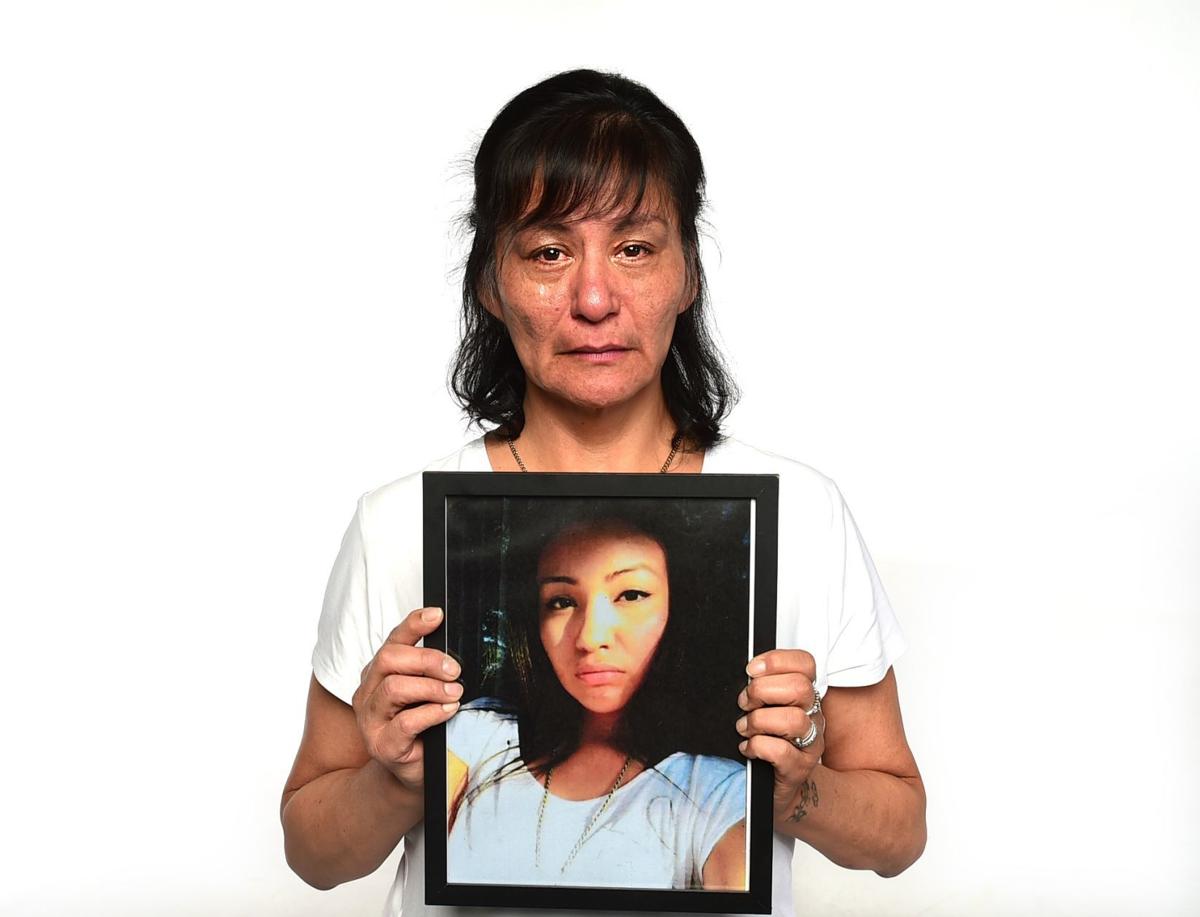In Everett, Washington, The Daily Herald has about 37 people. In Montana, The Billings Gazette has about 35.
So how did they do big projects?
Staffers at both shared similar answers – they made tough choices.
The stories highlighted here continue a refrain we heard last week from The Baltimore Sun, which is a good deal bigger with about 100 people:
- Make choices.
- Dig deeper.
- And there’s real power to the time, work and attention of local journalism.
This week, we meet a photojournalist who stayed with the story after it published, two audio journalists who got past the headlines in Boston to give voice to people in their community and a team of reporters who are working to go beyond spot news around a critical and underreported issue.
What work is your local newsroom proud of? Share it and I’ll reach out if we decide to feature it. All the answers shared here came through a Google form and have been edited for length and clarity.
Related: How We Did It: With stories from Indianapolis, Cincinnati and Baltimore
‘Enable staffers to immerse themselves in a subject,’ Chuck Taylor, digital news editor, The Daily Herald
At the end of last year, readers of The (Everett, Washington) Daily Herald met Kaya Sanders, a little girl who was part of a hospice program for kids. Photojournalist Olivia Vanni continued visiting the 5-year-old after the story ran.
“She was drawn to Kaya’s intuition and ability to distract loved ones from dwelling on her declining condition,” said Chuck Taylor, digital news editor.
The Daily Herald has a staff of about 37 people. Here’s what Taylor told us about Kaya’s Spirit, which documented the end of Kaya’s life.
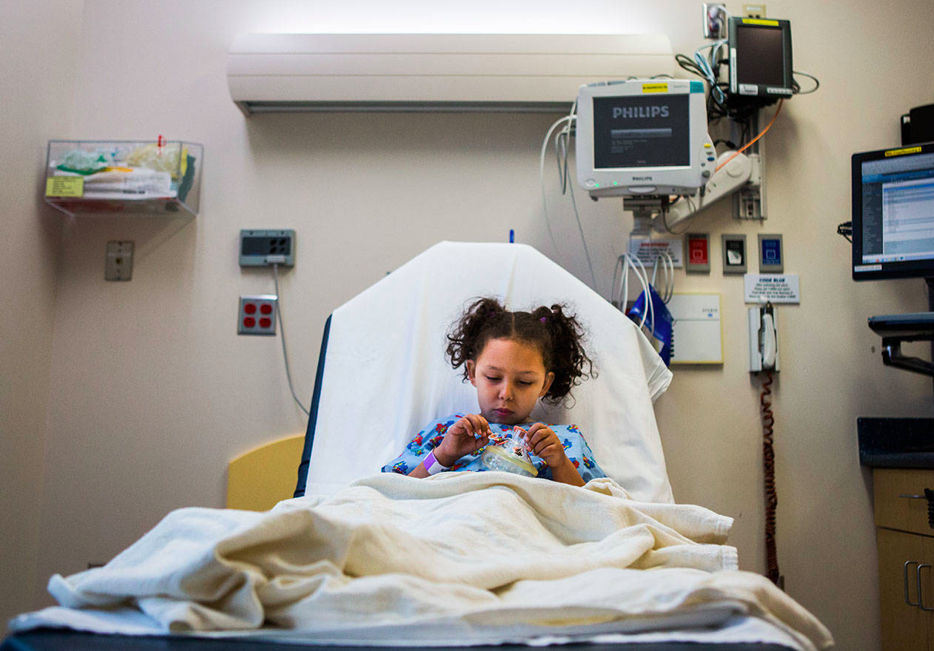
Kaya Sanders sits in a hospital bed at Seattle Children’s Hospital and places car stickers on her anesthesia mask while she waits to be taken in for an MRI in 2018. This is Kaya’s first brain scan since she stopped radiation to treat her brain tumor. (Olivia Vanni/The Herald)
What did you learn?
Sometimes photographers, who are particularly attuned to emotional moments, are uniquely positioned to spot good stories.
How can other local newsrooms do work like this?
Enable staffers to immerse themselves in a subject. That’s challenging for shrinking newsrooms, and you have to be selective. Pro tip: Pretend they’re on vacation.
Related: Storytelling with Les Rose: Tips, Tricks and True Tales
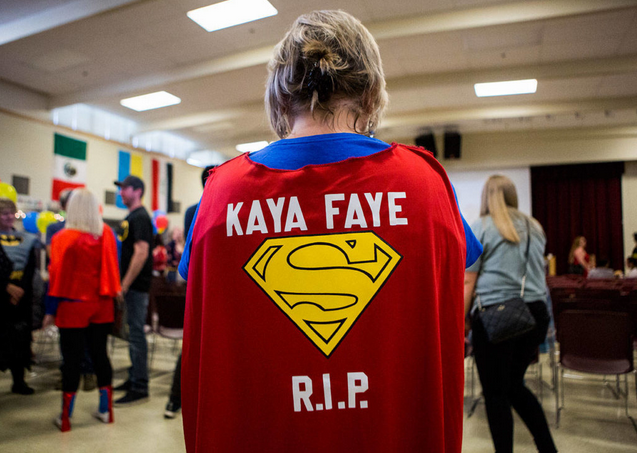
Lori Shile, a friend of Kaya’s family, wears a Superman cape she made for Kaya’s superhero-themed memorial at Emerson Elementary on June 1, 2019, in Everett. (Olivia Vanni/The Herald)
‘We felt our audience should see and hear for themselves …’ Molly Boigon and Emily Judem, WGBH
About 100 people work at WGBH, Boston’s public radio station. Two of them, news associate producer Molly Boigon and digital producer Emily Judem worked together for six months to tell the story of what happens when schools close.
“In our 15-minute video documentary and longform article, we chronicled the journey from the school committee vote to the last day of school,” the two told us. “‘Road to Closure’ takes a close look at the emotional toll of the closures on the 720 students in the building, 120 of whom have special needs.”
Here’s what Boigon and Judem said about “Road to Closure.”
How did you make this project happen?
We were compelled to complete an in-depth project about the closures in part because the testimonies from students, parents and teachers at school committee meetings were so emotional and dramatic. These public comments did not fit into the normal news cycle, but we felt our audience should see and hear for themselves the closures’ impact on stakeholders.
There were some challenges in reporting the piece. Boston’s mayor, the school committee chair and the two schools’ headmasters declined to be interviewed. In addition, we were only allowed to film in the school after hours, without students in the building. We ended up interviewing and filming students in their lives outside of school. Since we were trying to gauge the closures’ impact on the community, interviewing students outside of the school setting worked quite well. We decided these obstacles made it more important than ever that we finish the story.
Related: Conducting interviews that matter
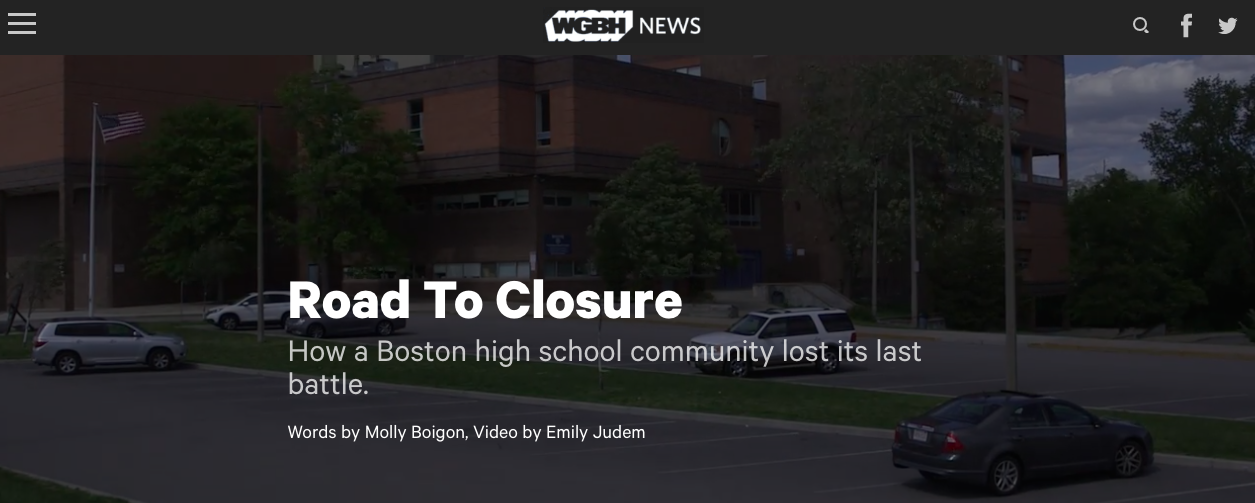
Screenshot, WGBH
What did you learn?
No one we spoke to was happy about the plan to shutter these schools. The teachers and parents were especially distraught about the dismantling of the community, but even district administrators recognized that this was not an ideal situation. One recurring theme was that of a breakdown in communication. Students, parents and teachers often felt like their concerns weren’t being taken seriously, and they wanted their voices to be heard. The closures have left many of these stakeholders uneasy about the Boston Public School system.
We also had the opportunity to dig into the history of Boston’s public education system. The West Roxbury Education Complex came into being during the city’s integration efforts in the 1970s. This complicated and controversial history still reverberates throughout the Boston Public School system today.
The Last Battle: Shutting Down The West Roxbury Education Complex from WGBH News on Vimeo.
How can other local newsrooms do work like this?
It is vital to report stories that your local audience will care about, but it’s equally important to report stories you want to spend a lot of time with as reporters. “Road to Closure” became a passion project, because we’d invested so much time and energy exploring the very real impact the closures would have.
This story also required us to establish trust with our subjects and sources. It became very important to be seen in person at school committee meetings and other events, because people were able to recognize us and understand the depth of our knowledge about the closures and other issues in the district.
‘Teaming up, planning, and saying no to the stuff that’s less important has made this possible,’ Alyssa Small, city editor, The Billings Gazette
After a 14-year-old girl went missing from a nearby reservation, then was later found dead, a team of six at The Billings (Montana) Gazette started digging into why these disappearances keep happening.
“When local kids go missing, they’re often found within hours. When women and children go missing in Native communities, they are rarely found, and if they are, they are rarely alive. Rather than continuing our reactive approach to covering the issue, we decided to take a closer look at why it’s so rare missing Native women and girls are found alive and what could be done to improve that culture and statistic,” said Small.
About 35 people work at the Gazette, including part-timers. This series brought together Tom Lutey, Sam Wilson, Michael Kordenbrock, Chris Jorgensen, Bethany Baker, Alyssa Small, Darrell Ehrlick, and Chase Doak.
Here’s what Small told us about the Gazette’s ongoing coverage of missing indigenous women:
How did you make this story happen?
We formed a team of three reporters, a photographer and two editors to meet regularly and essentially keep the fire burning on this chronic issue. We’ve discussed social strategy, publish times with specific action in our state legislature in mind and what we hope the series will inspire in our community. We’re nowhere near done, but we’re proud of what we’ve started.
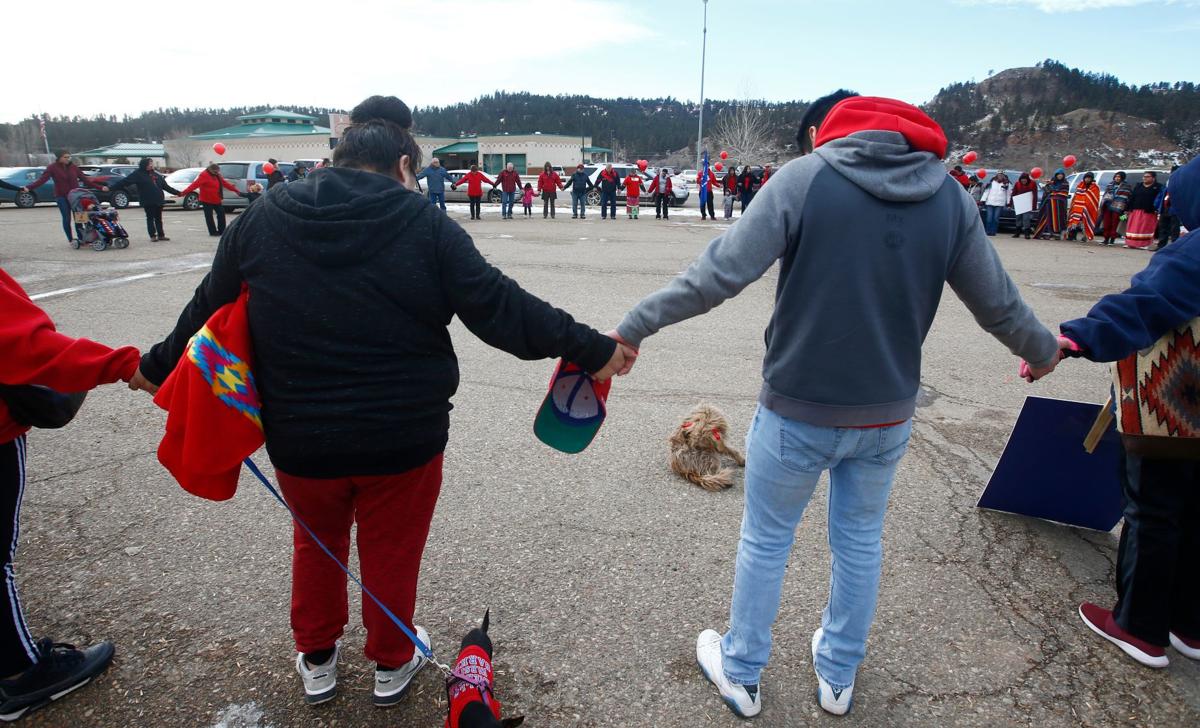
Friends and family members of 14-year-old Henny Scott join hands before marching. (Photo by Bethany Baker/Billings Gazette)
What did you learn?
I’ve learned a lot about thinking much longer term on a focused project. We’ve never done anything quite like this since I’ve been at the Gazette, and it’s been a challenge to balance the daily demands of our reporters’ beats and such with a long-term team project. The daily news doesn’t stop for projects. I’ve also learned that sometimes the best reporters for a story don’t always work together the smoothest. And we’re often unaware of our biases until we say them aloud in our planning meetings. But what matters at the end of the day is that everyone on that team cares deeply about the project’s goals and the well-being of our sources, and that we are all swimming in the same direction in our own ways.
Related: Handling race and ethnicity
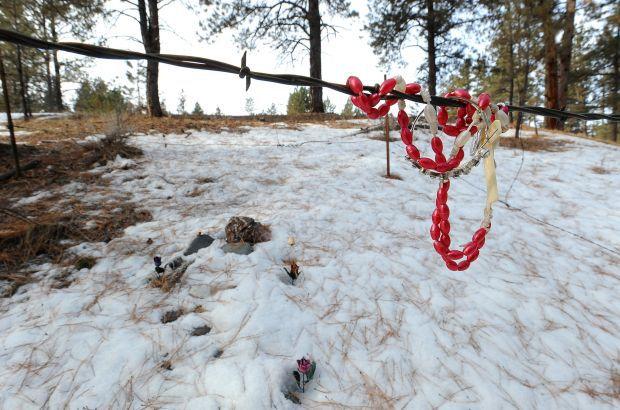
Rosary beads hang from a barbed wire fence surrounding the spot where Hanna Harris’ body was found in July 2013. (Photo by Larry Mayer/Billings Gazette)
How can other local newsrooms do work like this?
We’ve had to say no to a lot of smaller daily stories to make time for this project. It’s been an uncomfortable prioritization, but it’s served us well when we’ve been able to share these deeper looks at a chronic issue, rather than one-off spot-coverage. Teaming up, planning and saying no to the stuff that’s less important has made this possible.
Your turn! What work are you proud of from your local newsroom? Tell us how you did it and we’ll consider including it in an upcoming roundup.

